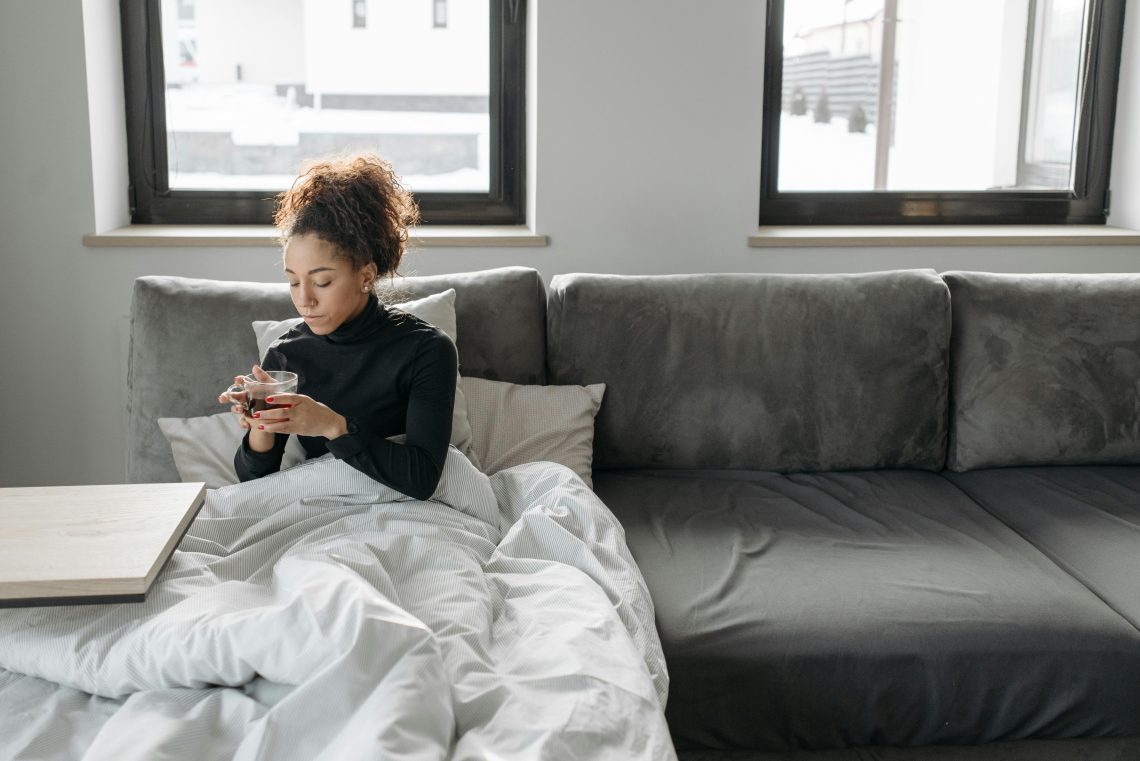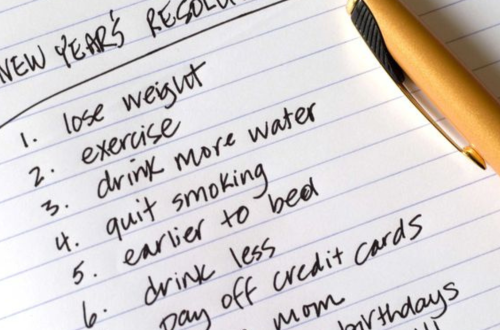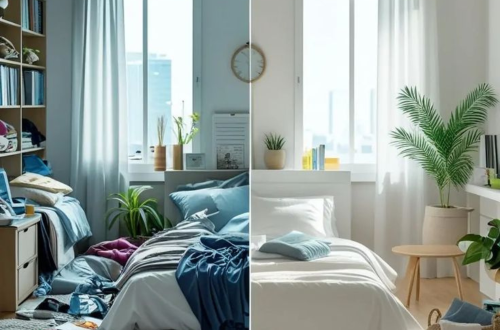September always feels like a time for new beginnings. Kids go back to school, routines change, and fashion shows set the mood for the months to come. In 2025, though, there will be a bigger cultural change than just clothes and colors. More women in the U.S. are questioning themselves, “Do I really need to work hard to get through life, or is there a softer, slower way to live?”
This question is at the center of a growing movement. Why U.S. women are choosing slow life over hustle culture isn’t only about how things look; it’s also about finding calm, redefining success, and finding balance in a world that values being active.
Let’s look at the reasons for this change and why slow living might be the biggest trend of 2025.
1. Burnout has reached its limit
The “hustle” mentality that used to drive people in Silicon Valley and New York City has lost its appeal. The American Psychological Association says that almost 60% of U.S. workers say they are stressed and burned out at work. Women are starting to realize that the cost of “rise and grind” is too high, both mentally and physically.
Slow living is the answer: women may live without being always tired by taking breaks, making thoughtful decisions, and moving at a slower pace.
The American Psychological Association has an article on burnout at work.
2. Changing the Meaning of Success Outside of Work

For a long time, titles, money, and how much someone could handle at once were used to assess success. But in 2025, more women are questioning, “What if peace of mind is what success looks like?”
Slow living is all about valuing quality over quantity, whether it’s time, relationships, or things. Now, success typically looks like:
- Being able to choose how you spend your time each day * Not overcommitting yourself * Making routines that are in line with your values. [How to Make Your Home a Mindful Wellness Space]
3. The rise of living simply and sustainably
Minimalism is more than simply a style; it’s a way of life. Women are embracing sustainability as part of their slow living journey, from capsule wardrobes to eco-friendly skin care routines.
This doesn’t imply having less fun; it means having less stuff. Women are learning that less is more when it comes to fashion and body care.
4. More women working Remotely

Since the epidemic, remote and hybrid work have become permanent parts of life. Women now have more options on how to live their life without having to deal with 9-to-5 commutes.
Slow living works best when women can:
- Work in places that are comfortable
- Take breaks that help you be creative
- Mix work with taking care of yourself
This balance makes it not only conceivable, but also useful, to live slowly.
5. Mental health awareness is now common.
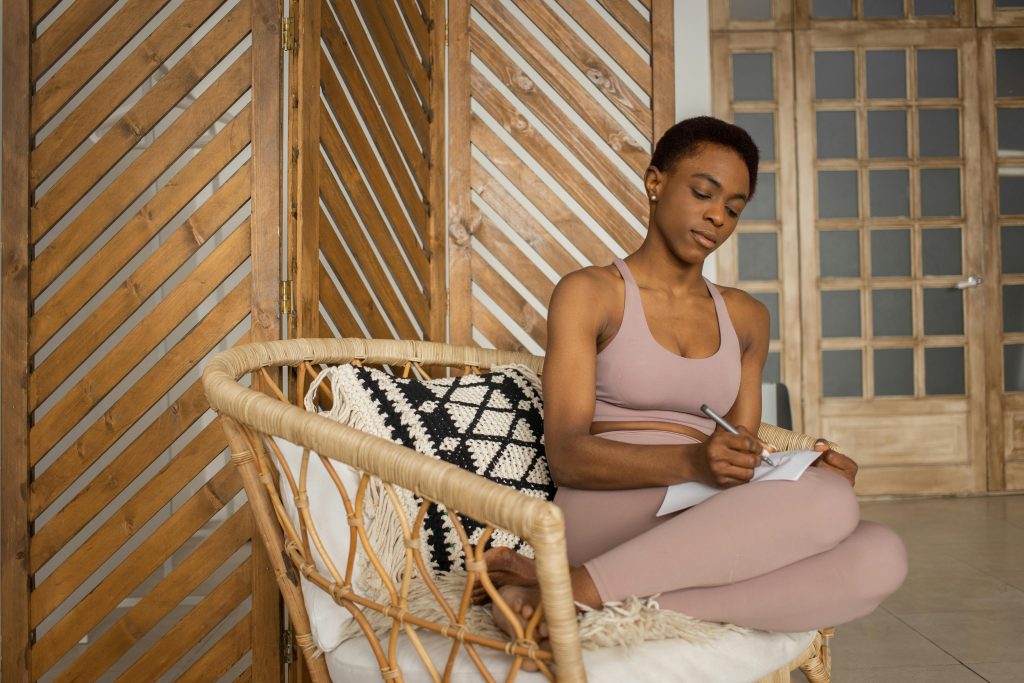
Ten years ago, people didn’t talk about therapy and mindfulness much. They are now common ways to stay healthy. Meditation applications, online therapy, and social media talks about worry and taking care of yourself have all made mental health a part of everyday life.
This cultural shift goes hand in hand with slow living, which encourages women to focus on peaceful mornings, planned routines, and the simple delight of being present.
Mindfulness from the National Institute of Mental Health](https://www.nimh.nih.gov/health/publications/mindfulness-meditation).
6. Community and connection are more important
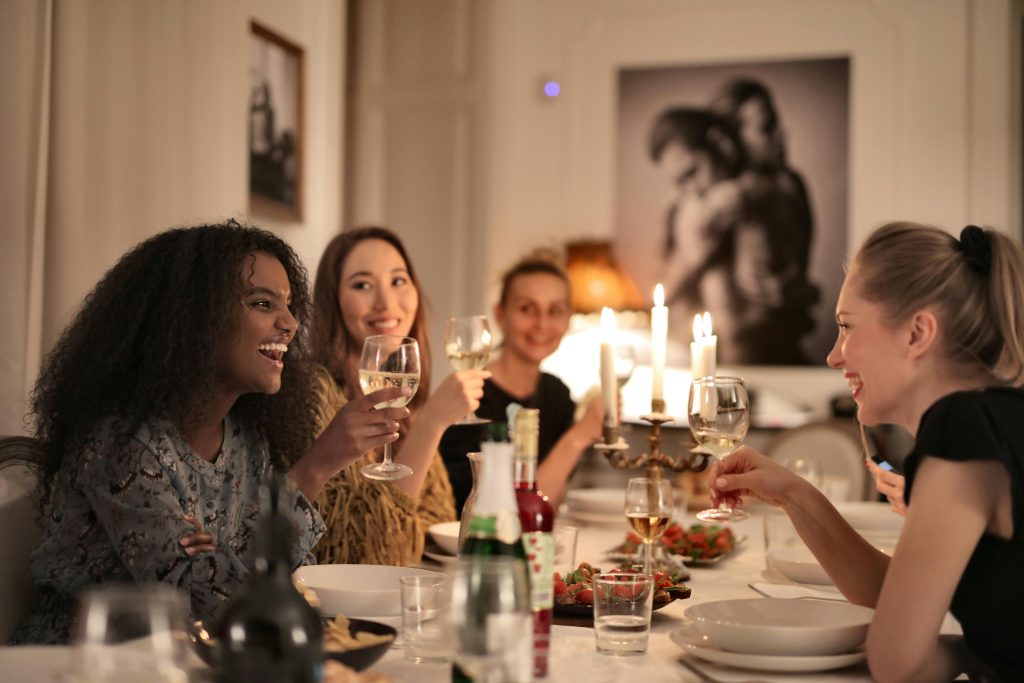
Because hustle culture required working long hours, personal relationships generally came second. But now women are changing what they care about. People are starting to see friendships, family dinners, and events in their communities as necessary, not optional.
Slow life offers these connections room to grow because there is finally time to take care of them.
7. A Cultural Shift Toward Feminine Energy
A Cultural Shift Toward Feminine Energy For a long time, “masculine energy” has been a part of hustle culture. It’s fast-paced, aggressive, and continuously going forward. But more and more women are accepting the balance of feminine energy: flow, relaxation, creativity, and intuition.
This doesn’t mean giving up on your goals. Instead, it means going for your ambitions without putting your health at risk.
8. Influencers and thought leaders are making it normal.
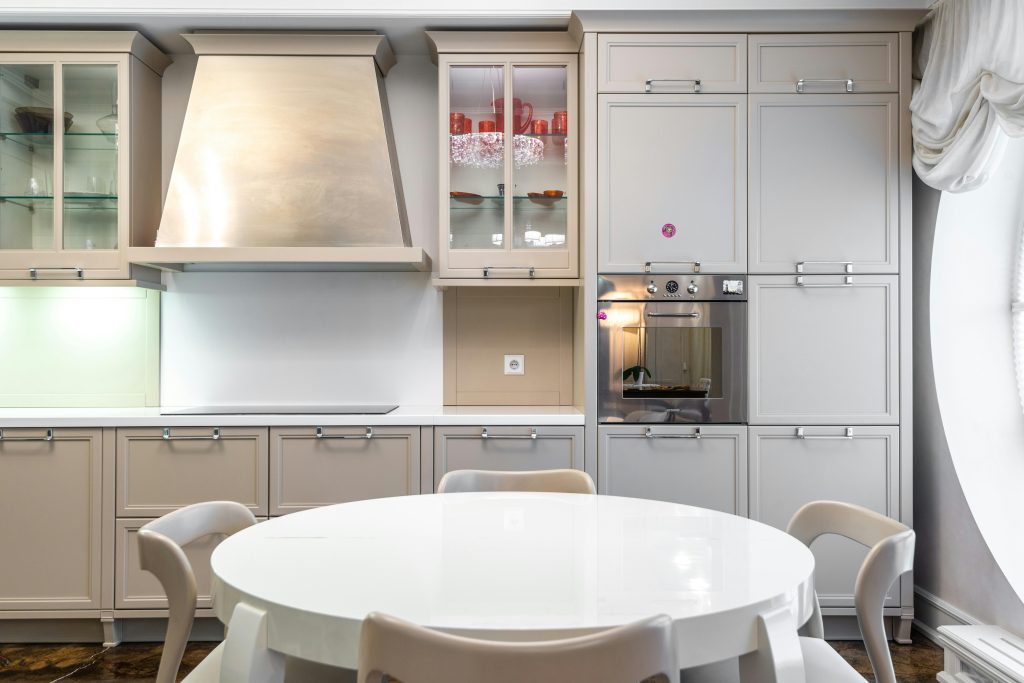
Influencers, from YouTube stars to lifestyle bloggers, are showcasing what it means to live slowly in real life. Women don’t have to work hard to live well, as shown by cozy Sunday rituals, “reset day” vlogs, and mindful wellness material.
[How to Practice Mindfulness and Be Present]
9. Living slowly feels like a luxury.
In today’s fast-paced world, taking your time to drink tea, put on body lotion, or go on a walk at night feels like a luxury. Not because of having too much stuff, but because of spending time well, slow life has become the new symbol of abundance.
Women are changing how they think about elegance and radiance because of this change in mentality.
10. Work in the Future is Changing.

Women have more influence over how they make money thanks to freelancing, starting their own enterprises, and running digital firms. Instead, then ascending stiff ladders, they’re developing careers that support slow living. This trend doesn’t seem to be slowing down. In fact, it’s making it possible for a generation to value health and freedom just as much as money.
How to Start Living Slowly Right Now.
Here are a few tiny yet significant methods to get started if you want to live more slowly:
- Make a morning habit that makes you think, like writing in a journal or drinking tea.
- Get rid of the clothes you don’t wear and make a capsule collection.
- Set aside tech-free evenings for rest and being present.
- Cook at home at least twice a week to slow down and take care of yourself.
- Plan time for rest on your calendar and treat it as important.
These measures may seem modest, but they are the first steps towards living a more deliberate life.
Final Thoughts
So, why are women in the U.S. opting to live slowly instead of working hard in 2025? They know what burnout can do. They’ve learnt that being busy all the time isn’t as important as having serenity, being present, and finding balance.
It’s not about doing less when you live slowly; it’s about doing what counts with purpose. As we go into autumn, maybe it’s time to ask yourself, “What would slow living look like in my life this season?

